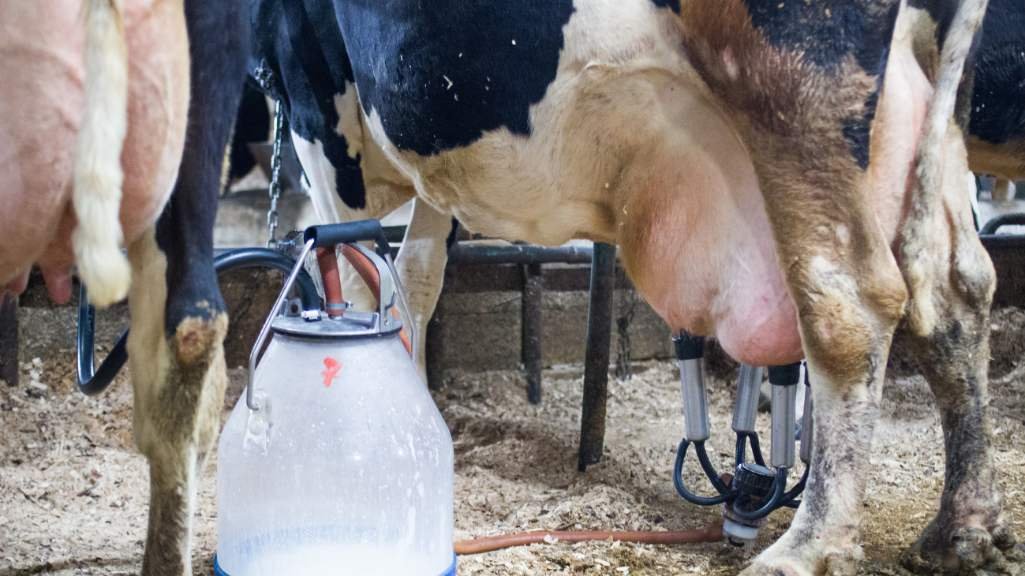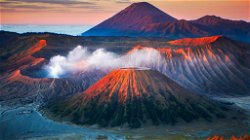Dairy Farming: Environment Impact & Challenges
Ronit Agarwal
. 3 min read
The process of rearing and breeding livestock for the purpose of producing milk for human consumption is referred to as dairy farming. Plant-based milk alternatives such as soy, almond, and oat milk have created a competitive market, which has resulted in a decrease in the rate of consumption of cow's milk in recent years. Despite the fact that the industry is not going away any time soon, plant-based milk alternatives have created a market. This online chat functionality allows consumers to connect with dairy farmers, learn about their farming practices, and make informed choices about the milk products they purchase.

What Kind of Effects does Dairy Have on the Environment?
1. Pollution of the Air
In the United States, the production of dairy products is a significant contributor to the emission of greenhouse gases. It is estimated that dairy farms are responsible for 1.5 percent of the total greenhouse gas emissions that occur in the country. In addition to contributing to other forms of air pollution, dairy farms are estimated to be responsible for between 19 and 24 percent of the nation's total ammonia emissions.
2. Deforestation
The fact that animal agriculture is so wasteful is one of the most significant issues associated with it. This is because animals require a great deal more food than they provide in the form of meat, milk, or eggs. And because of this, we will need a lot more land to cultivate food for them than we would if we were just going to grow plants for ourselves to eat.
3. Emissions from milk production facilities
Depending on the structure of the farm, every single dairy operation will have a distinctively unique emissions profile. However, the following is a typical breakdown of emissions that are produced by a dairy farm:
- 60% to 70% of all methane emissions come from the digestive processes of cows.
- 10% comes from the nitrous oxide that is produced by excrement and urine.
- 10% comes from direct and indirect losses caused by moist soils.
- 10% of the proceeds from the generation of electricity that is used on the farm
The Following Difficulties are Discussed in this Section
Infrastructure for breeding animals and genetics
The success of the Indian dairy industry was primarily due to an increase in the number of animals rather than increased productivity. There is a significant need for improved animal genetics, infrastructure for breeding, and advanced breeding methods such as artificial insemination.
Animal feed and fodder
Green fodder and feed of a high quality are in extremely short supply, and this problem is only getting worse. The increasing popularity of high-breed animals has resulted in a significant increase in the demand for high-quality feed and fodder that can satisfy the dietary needs of milking animals. In addition, the use of feed pre-mixes is being driven by a prophylactic approach.
Drought like issues
A decrease in the production of feed grains and fodder is one of the effects of the drought. Because of the low production of feed for animals, there has been a significant increase in price, which takes even more money away from dairy farmers who are already struggling to turn a profit. Unfortunately, drought is a natural occurrence that is difficult to counteract.
Most Important Aspects of the Dairy Industry
The success of your dairy enterprise can be significantly impacted by the breed of cattle you choose. There is a wide variety of native animals as well as hybrid animals available out there that are capable of producing a high yield. The health of the herd The health of your dairy herd has an effect on everything from the volume to the quality of the milk that you produce. As a result, making investments in the health of your herd should be considered one of the most important factors in determining profitability.
Conclusion
In conclusion, the dairy industry has a significant impact on the environment through air pollution, deforestation, and emissions from milk production facilities. However, the dairy industry is not going away anytime soon, and there are challenges that need to be addressed, such as improving animal genetics and infrastructure for breeding, addressing issues with animal feed and fodder, and dealing with natural occurrences like drought. Ultimately, finding ways to balance the demand for dairy products with sustainability and environmental concerns will be key for the future of the industry.
More Stories from
Global Food Security: Innovative Methods to Preserve Life
This article discusses innovative methods to enhance global food security by preserving food, reducing waste, promoting crop diversification.
Erosion of Beaches: Human Contributing Factors
Rocks, soils, and sands that are located along the coast can be worn away or carried away by the process known as coastal erosion.
Unveiling India's Volcanic Secrets: A Geological Overview
Explore India's unique volcanic history and the enduring forces of nature that continue to captivate scientists and adventurers alike.
Zero-Waste Living: Practical Tips for Reducing Environmental Impact
Discover the power of zero-waste living as this article offers practical tips and actionable advice for reducing your environmental impact.
Eco-Friendly Practices: How Individuals and Businesses Can Make a Difference
Discover the Power of Eco-Friendly Practices: Learn how individuals and businesses can contribute to a greener world by adopting sustainable measures.










.png?width=40&aspect_ratio=1:1)


.png?width=40&aspect_ratio=1:1)